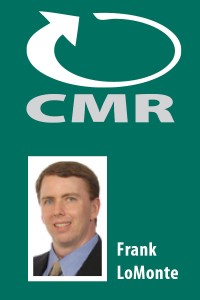Student news organizations have long experienced various forms of censorship.
Abstract
This qualitative pilot study (N=46) examines articles on college newspaper websites to explore how student news organizations cover issues of press freedom and censorship. The researchers used a grounded theory approach to explore common themes of coverage and potential differences between private and public institutions’ approach to such topics. The findings indicate there are four broad areas of interest: explanation of the role of journalism, industry challenges, censorship, and college-specific issues of press freedom and speech. This pilot study will serve to inform a larger content analysis.
Introduction
According to the Student Press Law Center, censorship is “any restrictions on your publication’s coverage or operations by anyone who works for the school or is acting on behalf of the school (like student government officials)” (Dean 2021, para. 1). Outright acts of censorship can be seen, for example, when in 2013, The Fauman at Florida A&M University was “suspended from publishing, its adviser removed and its staff told they must reapply for their positions” (Gregory 2013). In a case study of different college newsrooms, it was found that “that administrators who engage in censorship appear to do so when the newspaper publishes unflattering coverage of the university” (Matlock 2021, 97). Continue reading “RESEARCH: Student media coverage of censorship and press freedom”

